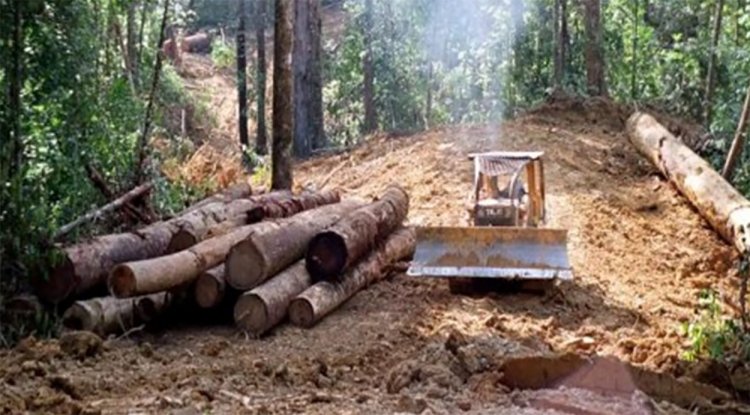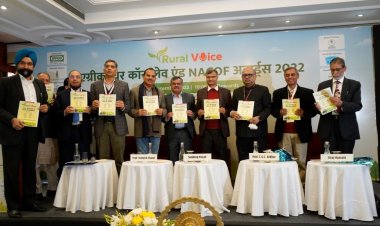Constitutional Conduct Group (CCG), a group of former civil servants in an open letter to the government has raised serious concerns over the provision of Green Credits that can be used for compensatory afforestation on forest lands.
According to a notification issued by the Ministry of Environment, Forest and Climate Change, which, in February, amended the green credit Rules, “The green credit generated under the said Rules, may be exchanged for meeting compliance of the compensatory afforestation in case of diversion of forest land for non-forestry purposes under the Van (Sanrakshan Evam Samvardhan) Adhiniyam, 1980 (69 of 1980), as applicable.”
The letter echoes the concerns raised by several ecologists that the move may lead to ecological instability.
“These Rules require state forest departments to identify all sparsely covered ‘forest’ lands within their jurisdiction. These lands will then be offered to private agencies/investors for funding to support planting. On payment of the funds by the investor, the forest department will complete afforestation within two years. For each tree planted, the investor earns one green credit. These green credits can then be traded by the investor for diversion of forest lands for non-forestry activities,” the letter says.
“The scheme’s shortcomings are obvious. No amount of money can be a substitute for the land required for our forests, and for our biodiversity and wildlife to thrive. Yet the government is trying to make it easy for entrepreneurs and industrialists to acquire forest land by permitting them to offer, in exchange, money (in the form of green credits), instead of land for land as was the case so far,” it says.
“When forest land can be so easily obtained by private entrepreneurs, it does not take much imagination to realise that the extent of land legally classified as forests at present will steadily shrink until there is virtually nothing left,” it adds.




 Join the RuralVoice whatsapp group
Join the RuralVoice whatsapp group









































